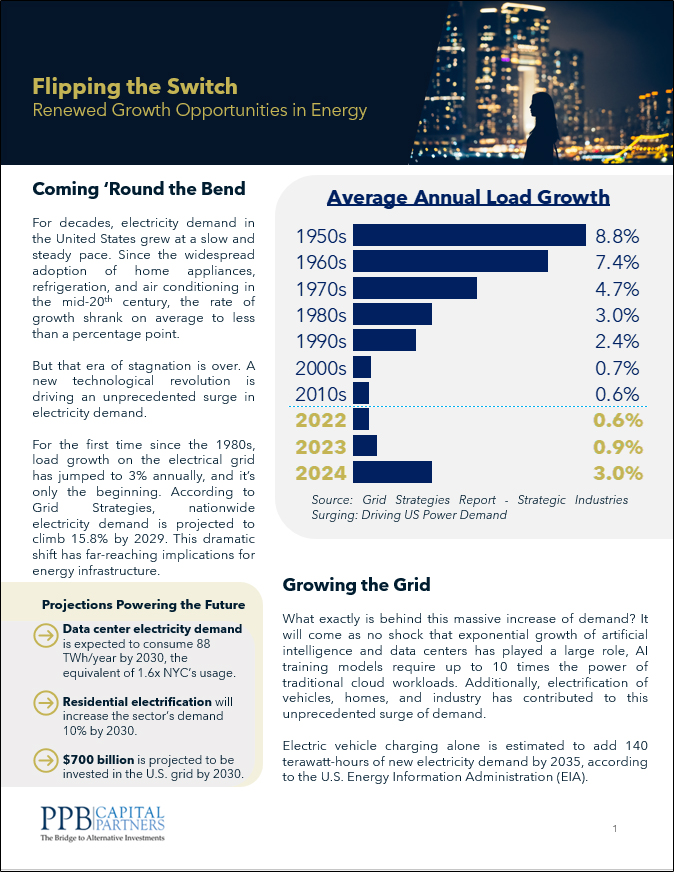
How to Start Your Own Private Equity Fund
March 6, 2017
[av_textblock size=” font_color=” color=” av-medium-font-size=” av-small-font-size=” av-mini-font-size=” av_uid=’av-k669culk’ id=” custom_class=” admin_preview_bg=”]
Your Search is Finally Over
If you’ve arrived on this page, you’ve most likely pondered the question “How do I start my own private equity fund?”. We have the answers for you! In this guide on how to start your own private equity fund, we will go through the start-to-finish process of ensuring you have the best techniques and tips to have your private equity fund start off on the right foot. Our guide from everyone here at PPB Capital Partners is thorough, yet not overwhelming. We want to convey the best information, in the best possible way, to the best of our readers: YOU. Without further adieu, let’s begin!
Prioritizing What Really Matters
Whenever one starts a new venture, they must plan for the future. With planning for the future, one must prioritize short-term goals, mid-term goals, and long-term goals to ensure the plans stay on track and the goals are realized sooner, rather than later. With that being said, let’s break down what you should typically start off with in terms of your goals.
Short-Term Goals
These goals are the goals you have thought about over and over again when day-dreaming about your own private equity fund. The goals that are thought of the most, often times become reality in a shorter period of time. This is due to the “visualization effect”. When one intently focuses on a goal over and over again, it provides them a much better framework for completing said goal in reality. Now let’s break down where you should start with your first steps:
•Find Your Business Strategy and Define It
•Establish a Business Plan
•Determine the Scope and Capacity of Your Operations
Finding Your Business Strategy and Defining It
We all know that without a definition, words are meaningless. The same principle applies to a business strategy, especially within the private equity fund realm. The first steps you will want to take are examining the competition and if they are better, or worse than you. You’ll also want to be niche-oriented at first as this will provide you with several capabilities to corner the niche you’re targeting, as long as it’s not oversaturated with competition. Several different funds focus on several different things. You’ll want to focus on something you’re passionate about. This could be anything from alternative energy to transportation start-ups to biomedical science research. Ultimately, this private equity fund will become your baby and you want to see it grow to be a healthy, adult private equity fund, right? Right.
Defining your goals is the next step in this process. Without goals, nothing can be achieved. You’ll want to determine your geographical framework for your private equity fund as well as determining how far and wide you’ll want to expand. Some private equity funds don’t expand beyond their state of residency while others are global phenomenons. Which will you be? It’s ultimately up to you and how much you anticipate you’ll be able to scale your operation.
Another scope of the definition of your private equity fund is: what will be your main center of improvement within your portfolio of companies? Will you provide a new strategy which they can utilize to further their gains in coming years? Will you end up organizing their balance sheets? Once again, it’s up to you! You’ll want to remember that your private equity fund will most likely be targeting investments which are not publicly traded, and therefore require additional investigation to ensure you have minimized risk and in the best fashion possible. Some specialties which will commonly occur within the initial private equity fund startup are going after investment strategies which may produce capital for merger & acquisition activity or one may simply go after the standard route of raising capital, thus allowing existing investors to sell their stakes in the firm if they choose to do so.
Establishing a Business Plan
With all businesses, there needs to be a plan in place. This part of the process is crucial, as it allows you to forecast your potential future and anticipate the worst while planning for the best, simultaneously. The main components of a business plan that you will want to highlight are:
•Calculating Cash Flow
•Establishing a Practical Timeline
•Timeline of Raising Capital
•Timeline of Exiting Investments
It’s important to note that most private equity funds have a timeline of around ten years. You can use that timeframe as a standard reference point when creating your business plan.
Determining the Scope and Capacity of Your Operations
Once the framework of your business plan is established for your private equity fund, you’ll want to introduce outside consultants to your project. These individuals will include:
•Accountants
•Attorneys
•(Digital) Marketing Consultants
•Web Security Specialists
•Niche-Related Consultants
Additionally, you’ll want to deicide on a name that identifies with your brand, goals, and image. This will assist in the process of conveying your ideal success to potential clients. You’ll also want to establish a hierarchy, or chain of command, to best fit the company’s needs and goals. This will be everything from determining who will be your CEO, your CFO, your CCO, and so on and so forth. This will ensure everyone knows where they stand in terms of responsibility, in good times and bad. You also cannot forget about in-house staff in the future when you’ve established your private equity firm. This will range from HR to web development to marketing to sales. You’ll need to find the right people for the right positions. Finally, you’ll want to determine how to best compensate your future staff by implementing programs such as: bonuses, profit-sharing, top-notch health insurance, retirement plans, matching 401ks, etc… All of this, when combined, yields a high morale that will only further the success of your private equity fund.
Mid-Term Goals
Mid-Term Goals will consist of goals in which you have already established your early operations and are anticipating future growth. Everything is going as planned and now you want to take additional action to yield additional results. Here are the steps which you’ll have to take:
•Establish Your Investment Mechanism
•Determine Your Fee Structure
•Raise Additional Capital
Establishing Your Investment Mechanism
You’ll most commonly find private equity firms choosing the route of a limited partnership or a limited liability firm. With you being the founder, you’ll most certainly be a partner in the fund. this will allow you to pick and choose the investments that comprise the private equity fund. While on the other hand, your investors will be limited partners. This will only allow them the right to fund your private equity fund, while being unable to pick and choose the investments. Limited partners have a more limited risk as they are only affected by losses tied to their individual investment. General partners absorb more of the risk than limited partners. They handle losses within fund and liabilities within the broad market. You should ideally have your lawyer draft up a “private placement memorandum” and compose your LPA and Articles of Association. This will ensure all “i”s are dotted and all “t”s are crossed.
Determining Your Fee Structure
Your fund manager will typically set the stage when it comes to the fee structuring of your private equity firm. The provisions of the fee structure can include management fees, carried interest, and performance-based compensation. It is common for fund managers to receive a 2% commission rate of committed capital from the private equity firm’s capital investors. Carried interest is commonly placed around 20% above the expected rate of return. If the hurdle rate for your private equity firm hovers around 5%, you and your investors will divide the returns at a ratio of 20:80. Throughout this whole process, you’ll want to establish an ongoing agenda for compliance, risk management, and valuation guidelines for your fund. This will ensure once again that you are managing your private equity firm to the best of your ability.
Raising Additional Capital
At this stage of your private equity firm, you’ll want to have already completed the following:
•Offering Memorandum
•Subscription Agreement
•Partnership Terms
•Custody Agreement
•Due Diligence
Additionally, when bringing on new managers as your private equity firm grows, you’ll want to verify that all managers have received a severance letter. This is vital to the process as employees are required to possess said severance letter before becoming involved in any marketing which promotes their past performance at a previous private equity firm. While these steps may seem daunting, the most difficult part of the process awaits you: RAISING CAPITAL.
Long-Term Goals
Raising capital requires extreme effort, persistence, and an overall drive to see your vision come to fruition. Without these elements, you’ll find it to be very difficult to continue onward with your goals. However, do not fret, as we are here to guide you along the best possible route to ensure you have the most success possible in your future private equity firm.
Now, let’s lay down some of the rules and regulations the government has drawn up for you as a private equity firm. Your firm is not allowed to accept any investment, except from institutional investors and accredited investors. This is due to several different regulations and regulatory agencies finding that this is the best scenario for all parties involved. Institutional investors include:
•Insurance Firms
•Sovereign Wealth Funds
•Financial Institutions
•Pension Programs
•University Endowments
Accredited Investors include:
•Individuals who have a specified, annual income threshold for two years
•Individuals who possess a net worth of more than $1,000,000+
•Additional accredited investors can be found in the Securities Act of 1933
When all of this is completed, the fun begins. Now you’re able to select which investment strategies you’ll want to pursue and see the fruits of your labor. Private equity firms have consistently outperformed the market over the last 30 years. This triggers a great amount of interest in many individuals who are interested in earning very large sums of wealth. All in all, this process requires an extreme amount of effort, but if you’re willing to put in the work, you’ll find many, many successful moments coming your way!
[/av_textblock]



